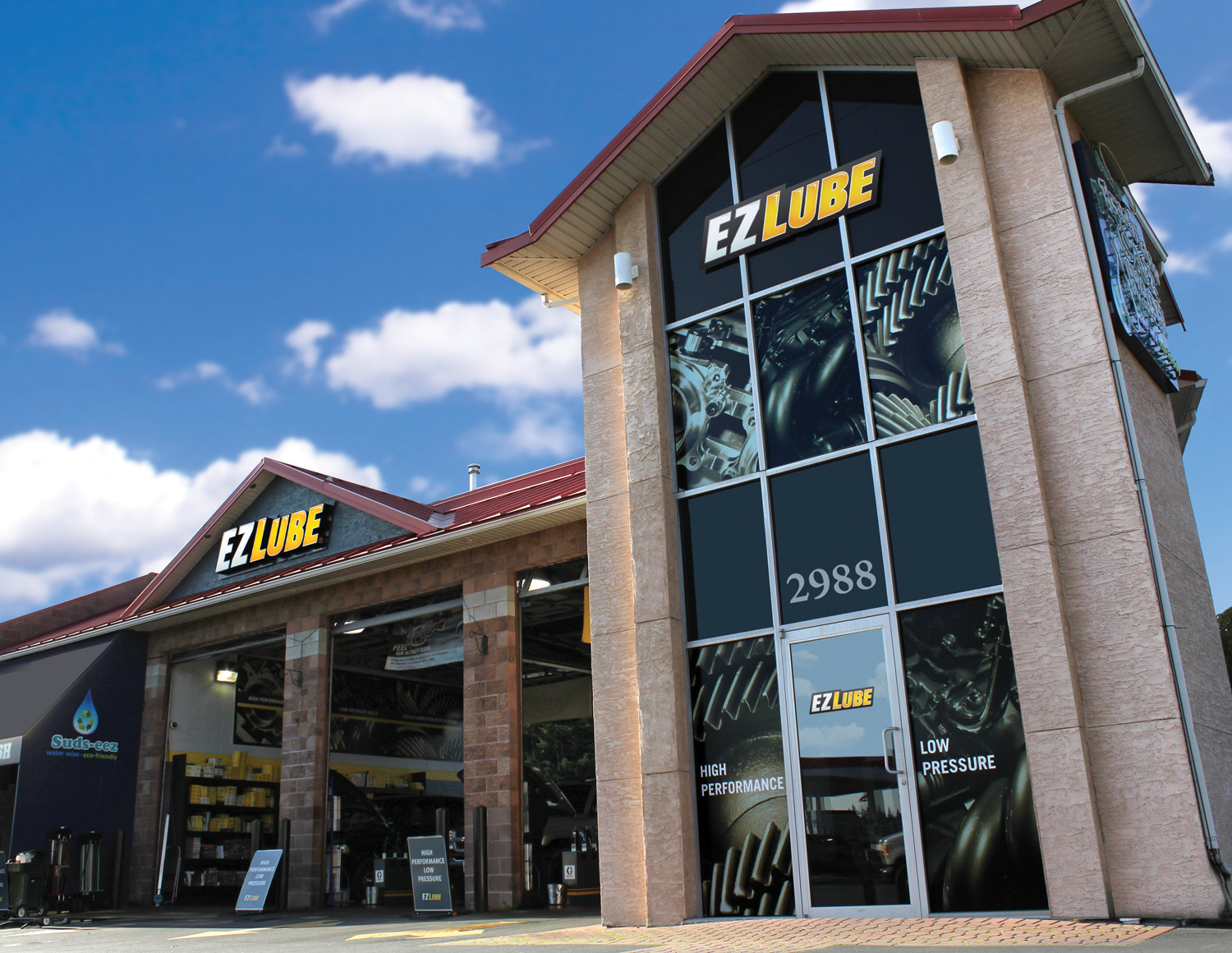The tread depth indicates the amount of tire tread remaining when choosing tires.
When choosing tires, the tread depth is an important factor to consider. The tread depth refers to the measurement of the vertical distance between the top surface of the tire tread and the bottom of the tire’s deepest grooves.
The tread depth plays a crucial role in determining the tire’s overall performance, safety, and durability. Here are a few key aspects the tread depth indicates:
1. Traction: Adequate tread depth is essential for maintaining traction on the road. The grooves in the tire tread are designed to channel water, slush, and other debris away from the tire’s contact patch, allowing the tire to grip the road surface effectively. Insufficient tread depth can result in reduced grip, especially on wet or slippery surfaces, leading to a higher risk of hydroplaning or skidding.
2. Handling and Stability: Tread depth also impacts the tire’s handling and stability. A deeper tread provides more surface area for the tire to make contact with the road, enhancing grip and responsiveness during acceleration, braking, and cornering maneuvers. This ensures better control of the vehicle and improves overall safety.
3. Tread Wear: Monitoring the tread depth is crucial for assessing the tire’s wear over time. As the tire tread wears down, the grooves become shallower, reducing the tire’s ability to disperse water and maintain traction. Different countries have specific legal requirements for minimum tread depth, as tires with inadequate tread depth can compromise safety and may even be illegal.
4. Tire Longevity: The tread depth can also indicate the tire’s remaining lifespan. Tires with deeper tread tend to last longer, providing more mileage before requiring replacement. Regularly checking the tread depth allows you to anticipate when it is time to invest in new tires, ensuring optimal performance and safety on the road.
To measure the tread depth, you can use a tread depth gauge or simply rely on built-in tread wear indicators (commonly referred to as wear bars) present in modern tires. These indicators are small bars located between the grooves and become visible when the tread wears down to a specific depth. By regularly inspecting the tread depth, you can make informed decisions about tire replacement or decide whether it’s time to rotate the tires for even wear.
It’s important to note that proper tire maintenance, including regular tire rotation, alignment, and inflation, can help maximize the tread life and ensure safe driving conditions. Consulting with a professional tire technician or referring to the manufacturer’s guidelines can provide more specific information regarding your tire’s tread depth requirements.

